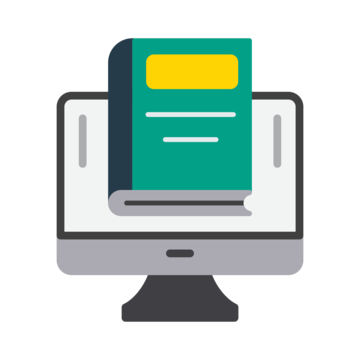Total 256 Questions |
Updated On: Dec 18, 2025
Free Microsoft MB-800 Exam Questions
Become Microsoft Certified with updated MB-800 exam questions and correct answers
Page: 1
/ 52
Question 1
A company operates from India. The company procures materials from Sweden.
You need to set up invoice discount terms for a vendor based in Sweden.
Which three pieces of information should you enter? Each correct answer presents part of the solution.
NOTE: Each correct selection is worth one point.
Answer: A,B,C
Question 2
You are setting up a new company for a customer.
The customer wants to sell items in boxes and pallets, but refer to the items as pieces. Each box contains 12 pieces. Each pallet contains 144 pieces.
You need to assign the unit of measures to items.
How should you assign the unit of measures?
Answer: D
Question 3
Note: This question is part of a series of questions that present the same scenario. Each question in the series contains a unique solution that might meet the stated goals. Some question sets might have more than one correct solution, while others might not have a correct solution.
After you answer a question in this section, you will NOT be able to return to it. As a result, these questions will not appear in the review screen.
You are configuring default reports and layouts in Dynamics 365 Business Central.
You must add new data items to the report and change the layout associated with the default Purchase Order report.
A developer creates and deploys a new report object that includes the new data items and layout.
You need to configure Business Central to use the new report object as the system default when printing purchase orders.
Solution: On the Report Selection `" Service page, set the value of the Usage option to Order. Update the Report ID shown on the page to reflect the new report object.
Does the solution meet the goal?
Answer: B
Question 4
You are configuring Dynamics 365 Business Central. You have a file containing balances for all general ledger accounts as of December 31, 2018.
You import the data into a General Journal batch. You enable the Force Doc. Balance option for the template.
When you attempt to post the batch, the following error message displays:
Out of balance -
You need to resolve the error.
Which three actions should you perform? Each correct answer presents a part of the solution.
NOTE: Each correct selection is worth one point.
Answer: A,C,D
Question 5
You are implementing Dynamics 365 Business Central for a company.
The company often invoices multiple shipments on one invoice.
You need to train the accounting staff how to process these sales invoices.
In which two ways should you train the staff to create invoices? Each correct answer presents a complete solution.
NOTE: Each correct selection is worth one point.
Answer: A,D
Page: 1
/ 52
Total 256 Questions |
Updated On: Dec 18, 2025
© Copyrights DumpsCertify 2025. All Rights Reserved
We use cookies to ensure your best experience. So we hope you are happy to receive all cookies on the DumpsCertify.


